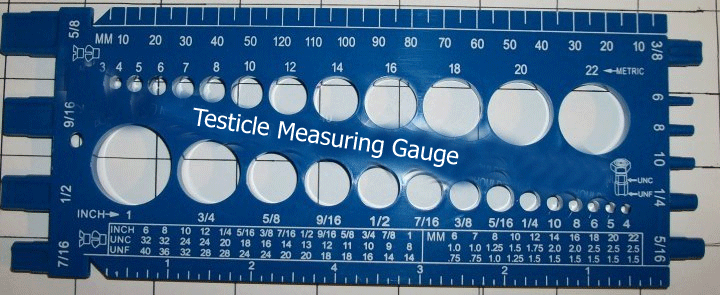After several decades the "golden ears" - "meter reader" debate refuses to die. :'( Here is today's anecdote from back when I was developing my last large recording console.80hinhiding said:If Rupert Neve says you have to be able to relax to it, he's not talking about a measurement. In my view he's an artist, and a great engineer. I can't say with certainty but he seems like a good person, from what I've seen in interviews.
He also said the whole body is an ear.
He uses transformers to great extent. And he listens to and incorporates feedback about things people say they can hear but that he didn't realize could be heard/perceived/felt.
Getting back to the first point about relaxing to it... that is in no way, shape or form implying that the listening experience isn't important or that changes in the design don't impact the sound. The listening experience is of critical importance. Not everyone experiences it the same way. Not everyone has 20/20 vision, not everyone interprets sound the same way. Some are more sensitive to it. For those who are sensitive to sound, rhythm and musical energy, to be told they're imagining something when they are not is beyond ignorant and rude.
I think at the heart of all this debate is one thing. Designers who want to do their best work on paper, and who are unwilling to do anything less than what they consider superior on paper, to satisfy what an artist says is or isn't to their liking. They view it as beneath their capability and don't agree with doing anything less than what they consider superior. I don't like that approach to anything, but I do understand wanting to be at your best and wanting to improve. But, there is only so far to take this audio stuff.. go too far one way and you lose something from the other way. What goes up, must come down. Meet in the middle.
I'm the kind of guy who likes wooden hockey sticks and who doesn't think they're inferior to composite. When they switched the sticks, the game changed. Some people love the way the game is played nowadays, but I agree with Bobby Orr. I think it's now too fast, too edgy. I don't like advertising on the boards, or tech on the bench either.
Sometimes, clean enough is clean enough. Good line Paul Gold.
Adam
Hartley brought in a famous record producer (who also plays bass), to help me "voice" the channel strip EQ. :
It began with a meeting where he and Hartley, both guitar players, talked about sound quality in rather unscientific terms (including "balls" and more such muso terms that do not translate to objective metrics.) For our first listening test he was wearing a big floppy hat... There is no way that hat did not shade the frequency response getting to his ears, and alter pinnae transforms in his outer ears.
I didn't embarrass myself and queer the deal by saying I had no idea WTF they were talking about, or questioning the hat. This guy's blessing would help us sell consoles in multiple markets. I can't argue with his success (the artists he recorded are more famous than him so he was doing something right).
I spent some more one on one time with him, then promised to send him a prototype strip to check out in his own studio where he could use his own familiar source material and listen through his own playback monitors.
I was already confident in the strip EQ topology... It used a wein bridge approach that is well regarded for very low noise and very low distortion. It had sweep frequency on all four bands. I dialed in the Q (bandwidth) to be the same as a well regarded API EQ at full boost/cut (I don't remember which model).
Reading between the lines I picked up on the fact that he played bass, and I would need to customize something for him, to give us a hook to hang his floppy hat on. I tweaked the adjustment range of the low mid sweep EQ an octave lower giving him more control in the low bass region (speculating that a bass player might appreciate that).
Long story short, he loved it and we were ready to stick a fork in the console design.
JR
PS: I just searched him and his current west coast tour is cancelled because of COVID.



































